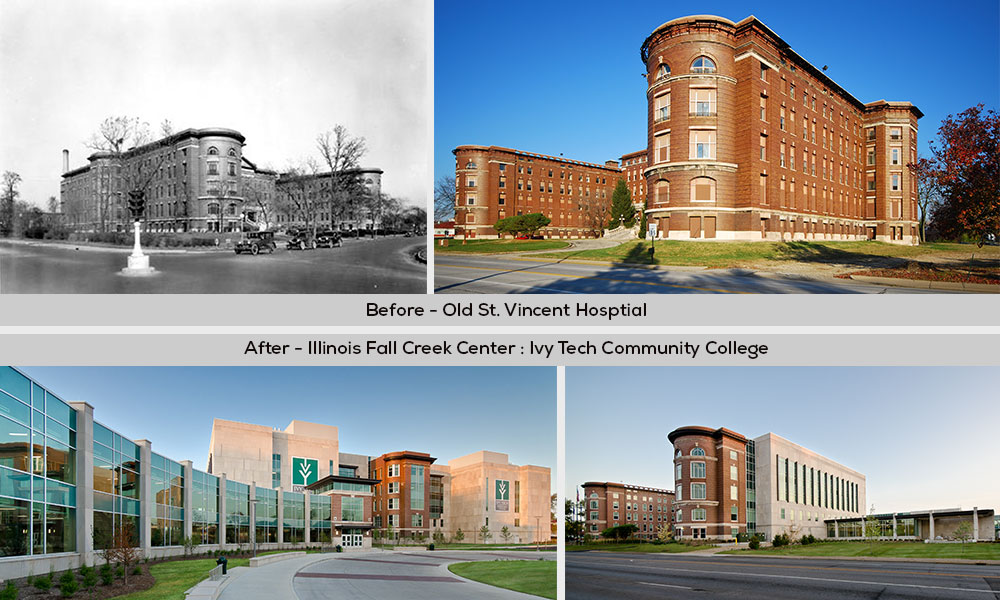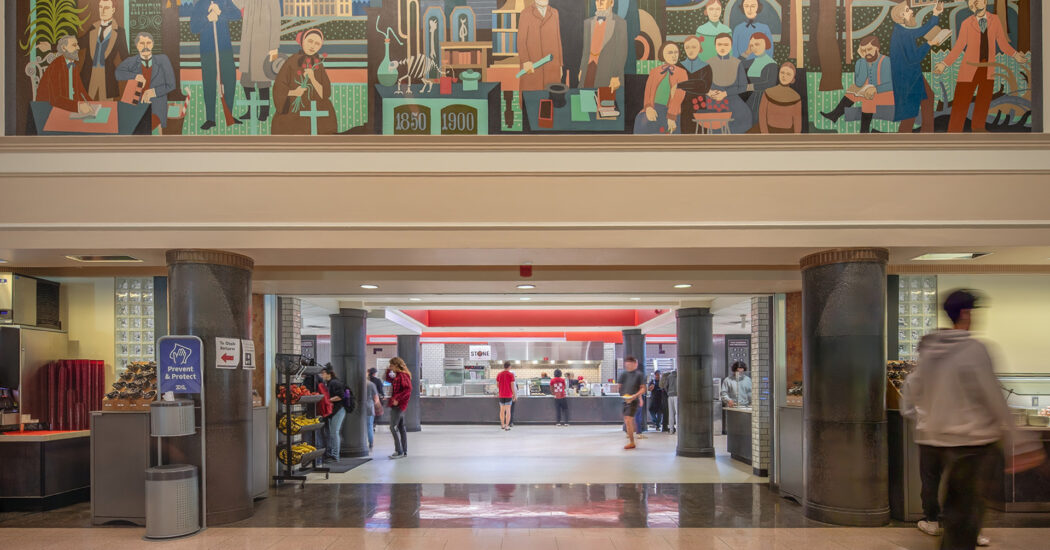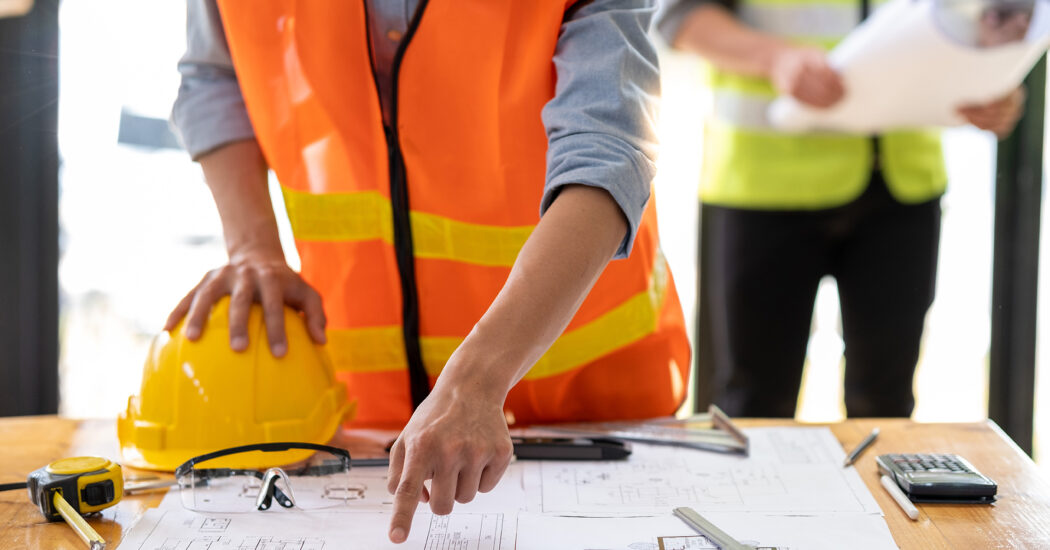Why Is Adaptive Reuse Important in Today’s World?
-
Category
Studio-Workplace, Studio-Lifestyle, Studio-Higher Ed, Studio-Community, Innovation -
Posted By
Schmidt Associates -
Posted On
Sep 11, 2018
To understand the importance of adaptive reuse, one must first appreciate the value of old buildings and architecture.
While it can feel “progressive” to tear down the old in order to make room for the new, adaptive reuse defines progress differently. Rather than creating a narrow vision that imagines possibilities with a blank slate, reuse tailors creative thinking to focus on what currently exists and how it can be incorporated thoughtfully into the goals and ideas of the future. Adaptive reuse can be implemented on any building, although it’s most commonly used for when working with historic buildings.
As the world ages collectively, more and more buildings with rich histories are finding themselves in need of renovation and rejuvenation; adaptive reuse is the conscious decision to preserve the past while planning for the future. For example, many adaptive reuse projects bridge different worlds – churches becoming restaurants, hospitals becoming schools, and more.

Depending on the context, adaptive reuse can go by the name of property rehabilitation or historic redevelopment. Either way, the process and overall goal remains the same: to rescue discarded, unkempt buildings from a destructive fate and find them a new purpose.
Of course, adaptive reuse is not just a sentimental effort to save buildings, it is also a critical process to ensure communities don’t use (or waste) more materials than necessary.
Some cities have, unfortunately, decided to adopt a “newer is better” mindset, causing them to discard perfectly fine, usable resources in order to “upgrade”. This thinking has caused major issues for our environment and will continue to do so until we are able to see value in materials as they age. Instead, people should look at progressive cities, like Paris, London, and Amsterdam, for inspiration; many historic structures and facades in these iconic towns have been lovingly preserved for generations to come. In fact, adaptive reuse is a great example of how individuals can prove to the larger group that there are creative options for recycling, reusing, and repurposing already existing resources.
Sometimes cases will be made against reuse, mostly regarding factors that include the cost, time, and efficiency. However, adaptive reuse is both appealing and practical; sometimes even saving money by reducing certain costs. Other underlying factors, such as being able to use hard-to-find materials or recycle materials already on the location, allow for additional money to be saved – and all while making it possible to create beautiful aesthetics complete with rich textures and unique features. Lastly, the entire adaptive reuse process, from start to finish, protects the environment while also reducing unnecessary waste.
Any adaptive reuse project begins by doing a thorough examination of the building, to ensure the infrastructure exists to keep it functioning into the future. Then you can look for unique attributes and characteristics that make the building special. These features can be highlighted in new and exciting ways, once again giving them purpose and prominence. When looking for these unique elements, one can find what some see as a “ready to demolish” building and instead see both beauty and value. This allows for seemingly doomed buildings, and the often debilitated communities in which they stand, a chance at a new and brighter future.
Above all, the biggest driving factor behind adaptive reuse is the ability to keep stories and memories intact. In a world where mass production and imitation is the norm, adaptive reuse goes against the grain, literally building upon already existing stories, adding new chapters without rewriting an entire book.







